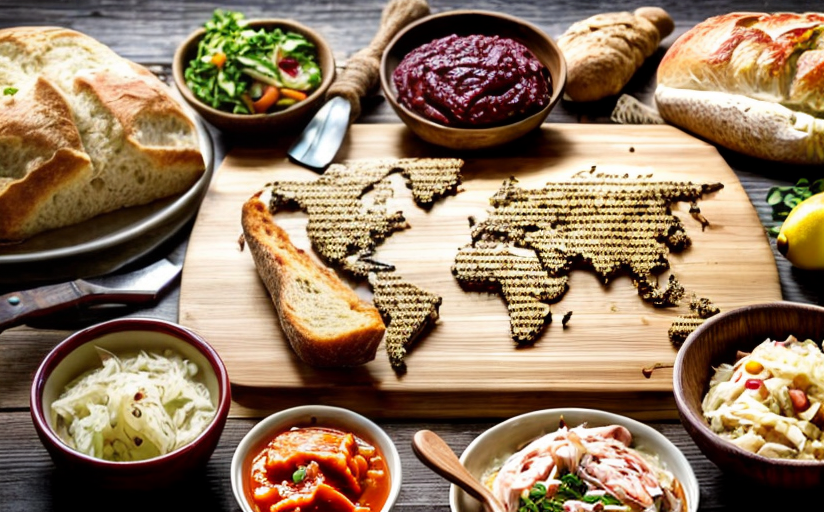Culinary Anthropology: The Art of Fermented Foods
Introduction
Fermentation, an age-old technique and bearers of both cultural significance and diverse applications, plays a crucial role in traditional cooking methods across the globe. This article aims to delve into the intricacies along with the vital role of fermentation in global culinary techniques amidst a journey through the realms of gastronomy, microbiology, culture, and history.
Fermentation and Its Role
Tracing back thousands of years, fermentation was likely discovered by our ancestors through unintended exposure of various food items to naturally occurring bacteria and yeast. Little did they know back then that this would open up a whole new world of food preservation techniques and unique flavors. Fast forward to the modern era, and we find fermentation, a magical symbiosis of food and microbes, still forms an indispensable part of traditional cooking techniques around the world.
Fermentation: A Confluence of Culinary and Cultural Significance
From miso in Japan, kimchi in Korea, sauerkraut in Germany to idli and dosa in South India, fermented foods permeate through innumerable traditional cooking styles. They hold not just culinary, but significant cultural sentiments. They paint a picture of unique historical and geographical contexts which have shaped the food habits of societies over generations.
Fermentation: The Science behind the Magic
Fermentation, in essence, is a metabolic process where microorganisms like bacteria and yeast break down complex organic compounds like carbohydrates into smaller, simpler ones like alcohol and lactic acids. This causes a distinctive tangy flavor while preserving and enhancing the nutritional value of the foods.
Fermentation: A Spectrum of Diverse Applications
Around the globe, traditional cuisines have harnessed the potential of fermentation in various ways. Grains, dairy, fruits, vegetables, fish, and even meat are subjected to this intricate process to produce diverse delicacies. This range of applications embodies the versatility of fermentation and its capacity to enhance the flavor profile and nutritional content of foods
Conclusion
Through the lens of culinary anthropology, we realize the importance of fermentation in the culinary world. It is an intriguing intersection of biology, culture, history, and gastronomy. By diving deep into the role of fermentation in traditional cooking, we unravel the beauty of this ancient food transformation technique and its profound influence on the global gastronomic landscape.



















Comments
Leave a Comment